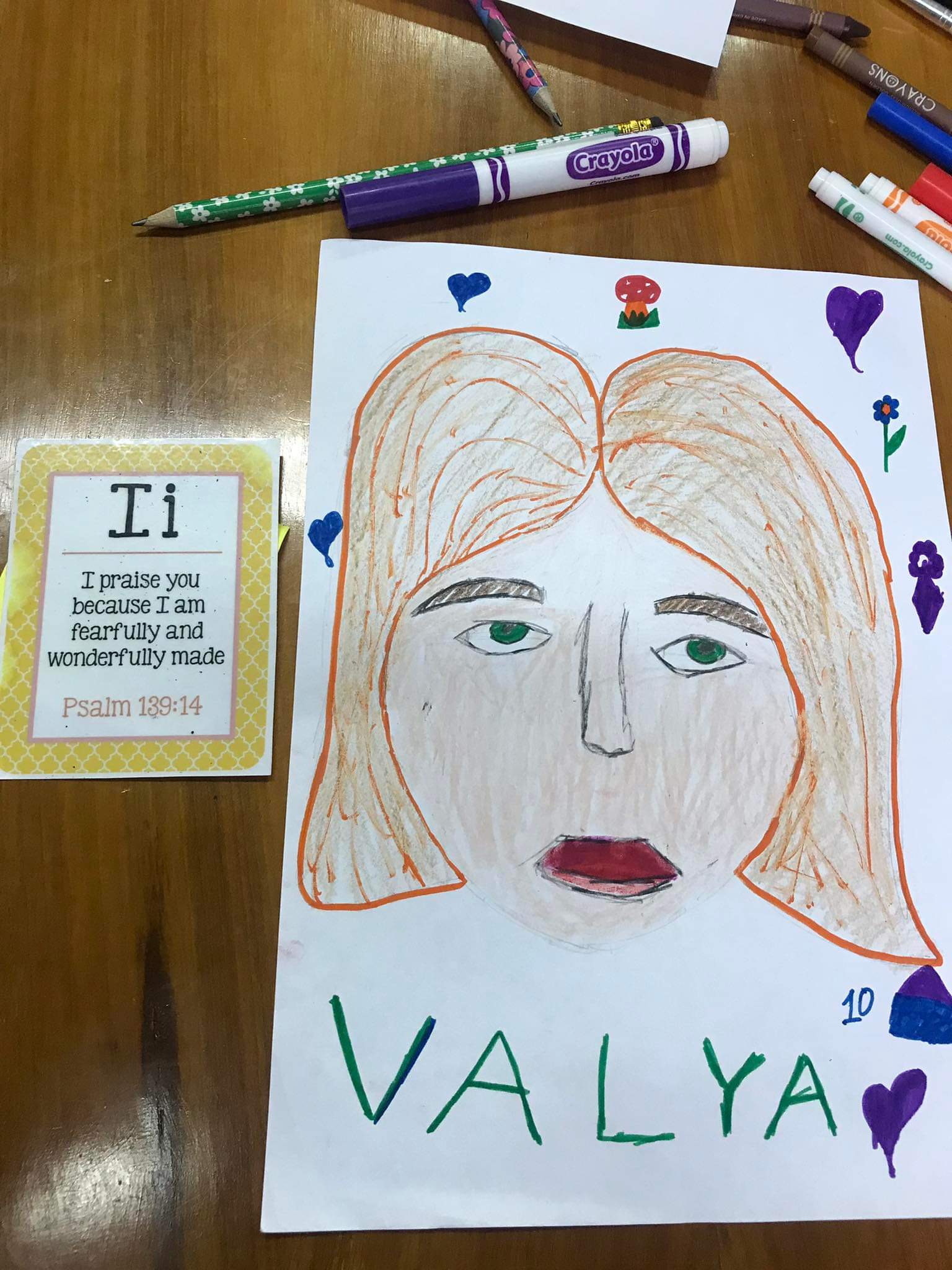For children and teens, it can seem as if their bodies are constantly changing. There are times when even the most beautiful can look awkward. Throw in a steady diet of social media and it’s no wonder many young people struggle to have a healthy self image. This distorted view of their appearance can impact them emotionally and even spiritually for the rest of their lives.

There’s a fun Bible study you can do with kids or teens to begin discussions about how God wants us to view our appearance. Begin by asking students to name various Bible stories when someone’s physical appearance played a role in the story. There are actually quite a few stories that focus – at least in part – on the physical appearance of someone. Abraham lied twice because Sarah was so beautiful he feared being killed by a ruler who wanted her for his wife. King Saul is mentioned as being taller than anyone else in Israel. Ruth was chosen for her beauty. The list goes on and on.
After they have listed everyone they can remember, ask them if the stories of the lives of those people proves in some way that their physical appearance actually helped them. No matter how beautiful or handsome someone was, the person’s character was ultimately what mattered the most. In some cases (like Absalom) their beautiful appearance actually caused an arrogance that helped lead to their downfall.
Give each student a small board canvas/heavy paper and various art supplies. Ask them to create a self portrait. Some students may want to use a mirror to improve accuracy. To make the activity deeper, have them divide their portrait in half. One half should represent how they see themselves. The other half should reflect how they believe others see them. After working for awhile, encourage them to write words around the edges of their art reflecting how God sees them.
Have students who are willing share their finished work of art. Ask students to share any physical things they would like to change about their appearance. You may want to share first so they feel more comfortable. Discuss how easy it is to complain and forget to be grateful to God. Go around the room and have students share things about their appearance for which they are grateful. Share how styles change over time and something that feels unattractive today, may be the “in” thing tomorrow. End by discussing how God views the inner person and not the outer. Discuss ways they can be more beautiful inside.




